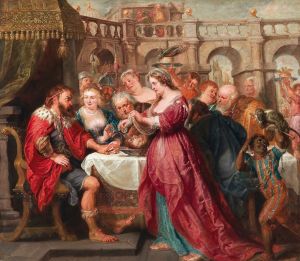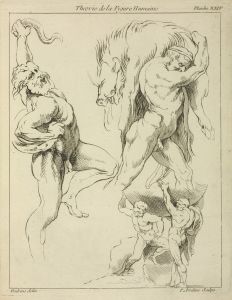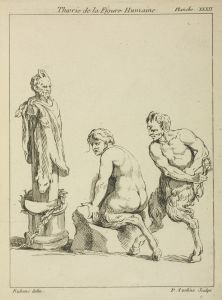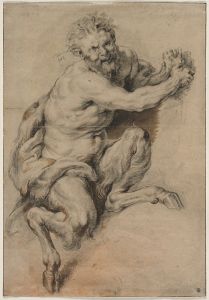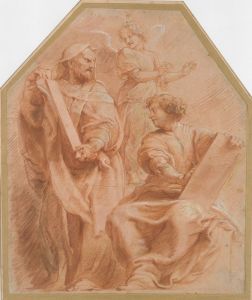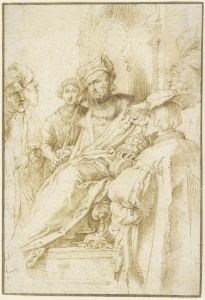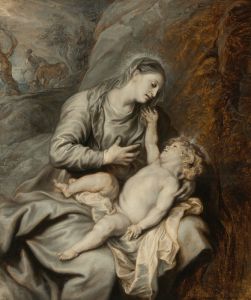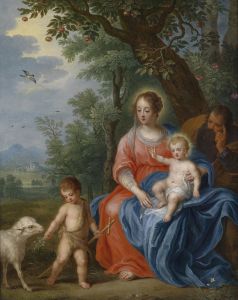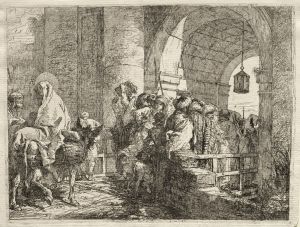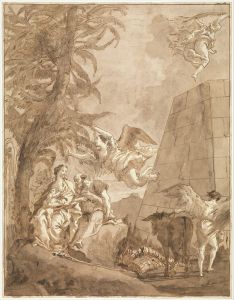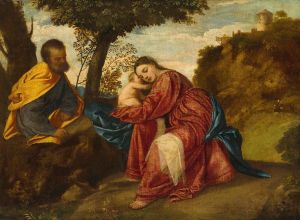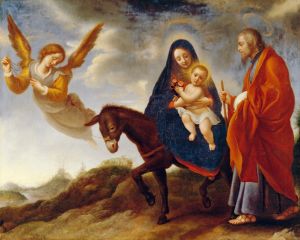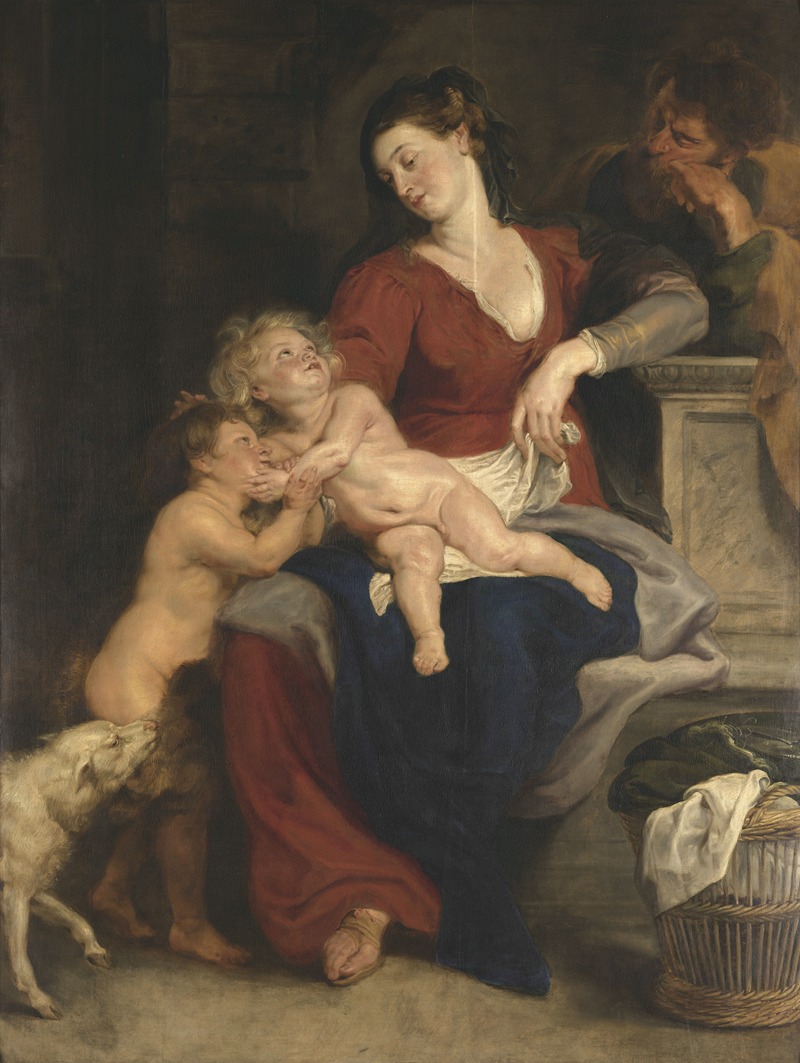
The Holy Family with the Basket
A hand-painted replica of Peter Paul Rubens’s masterpiece The Holy Family with the Basket, meticulously crafted by professional artists to capture the true essence of the original. Each piece is created with museum-quality canvas and rare mineral pigments, carefully painted by experienced artists with delicate brushstrokes and rich, layered colors to perfectly recreate the texture of the original artwork. Unlike machine-printed reproductions, this hand-painted version brings the painting to life, infused with the artist’s emotions and skill in every stroke. Whether for personal collection or home decoration, it instantly elevates the artistic atmosphere of any space.
Peter Paul Rubens, a prominent Flemish Baroque painter, is renowned for his dynamic compositions, vibrant color palette, and grandiose style. Among his extensive oeuvre, "The Holy Family with the Basket" stands as a notable work that exemplifies his mastery in religious themes, a common subject in his paintings.
"The Holy Family with the Basket" depicts a serene and intimate moment shared by the Virgin Mary, the Christ Child, and Saint Joseph. This painting is characteristic of Rubens' ability to infuse traditional religious iconography with a sense of warmth and humanity. The composition centers around the figures of Mary and the infant Jesus, with Joseph often depicted in a supportive role, observing the tender interaction between mother and child.
Rubens' treatment of the Holy Family is marked by his use of rich, warm colors and a soft, yet dynamic, play of light and shadow. This technique not only highlights the figures but also adds a three-dimensional quality to the scene, drawing the viewer into the intimate moment. The inclusion of a basket in the composition may symbolize domesticity and the humble life of the Holy Family, a common theme in religious art that emphasizes the humanity of these sacred figures.
The painting reflects Rubens' deep understanding of human anatomy and his ability to convey emotion through gesture and expression. The Virgin Mary is often portrayed with a gentle, nurturing demeanor, while the Christ Child is depicted with a sense of innocence and curiosity. Saint Joseph, though sometimes in the background, is rendered with a sense of quiet strength and protection.
Rubens' work was heavily influenced by his travels to Italy, where he studied the works of Renaissance masters such as Michelangelo and Raphael. These influences are evident in his robust figures and the harmonious composition of his paintings. Additionally, Rubens' exposure to the vibrant colors and dramatic contrasts of the Venetian school, particularly the works of Titian, can be seen in the rich palette and dynamic lighting of "The Holy Family with the Basket."
The painting is also a testament to Rubens' skill in integrating elements of classical antiquity with Christian themes, a hallmark of Baroque art. This synthesis of styles and subjects helped to elevate the status of religious painting during the Counter-Reformation, a period when the Catholic Church sought to reaffirm its influence through art.
While specific details about the commission or the exact date of creation for "The Holy Family with the Basket" may not be well-documented, the work remains an important example of Rubens' contribution to religious art. It showcases his ability to blend the sacred with the everyday, creating a relatable and enduring image of the Holy Family.
Rubens' legacy as a master of Baroque painting is firmly established through works like "The Holy Family with the Basket," which continue to be studied and admired for their technical brilliance and emotional depth. His influence extended beyond his lifetime, impacting generations of artists and shaping the course of European art.






